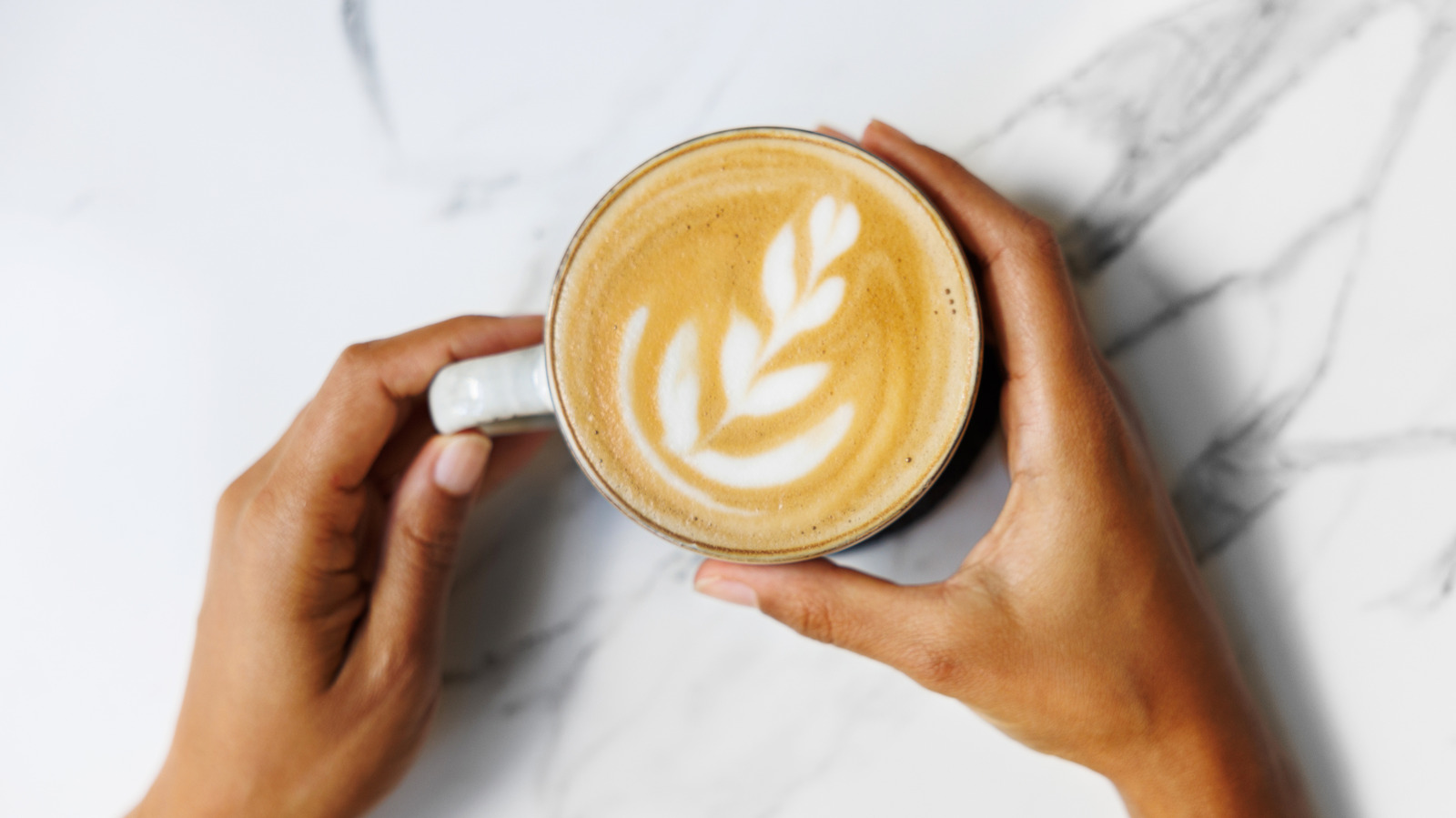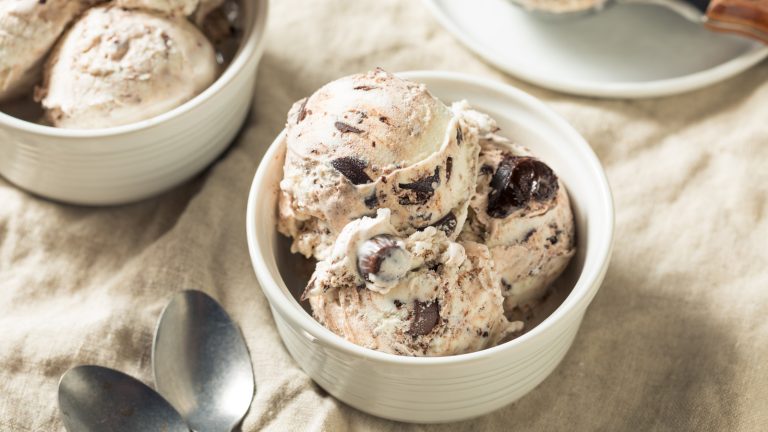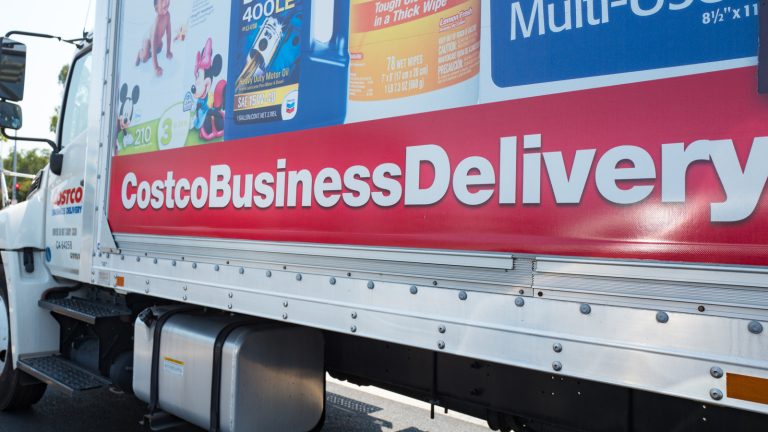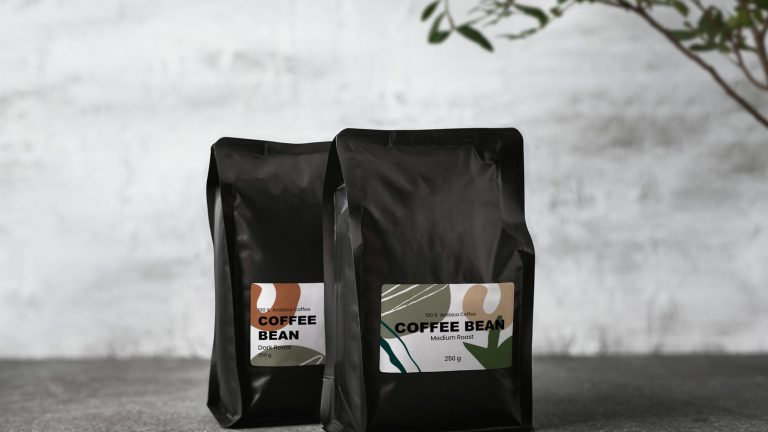We may receive a commission on purchases made from links.
A latte habit can be an expensive one. Lately, cafés tend to charge around $6 or $7 for an espresso-based beverage, while at-home espresso machines range from a few hundred to a few thousand dollars. If you’re on a budget, however, you don’t have to settle for subpar coffee. One particular espresso-making device — Italy’s beloved moka pot — starts at $15 on Amazon with this Primula Classic Moka Pot. It’s a tried-and-true method for making freshly brewed espresso at home.
In fact, if you visit many Italian or Italian-American homes, you’re likely to stumble upon at least one of these unique coffee machines. A moka pot is, indeed, a pot. You fill the bottom section with water and the one above it with your choice of ground coffee. From there, the pot is heated on the stove, and you wait until it starts to bubble. This brewing process doesn’t take too long — it lasts between five and ten minutes — and will leave you with an entire pot of ready-to-drink coffee.
If you’re a fan of lattes, you can then froth your favorite milk using your choice of frother. Options range from cheaper items like the Bodum Schiuma Battery Operated Milk Frother to more high-end, café-worthy options, such as the Dreo All-in-One BaristaMaker Milk Frother. Of course, as is the case with any coffee machine, there are a few tricks to making the most of your moka pot. While it works quickly and relatively cheaply, the key to perfectly brewed moka pot coffee is the quality of your water and coffee grinds.
Moka pots offer an inexpensive solution for home-brewed espresso
To maximize your moka pot’s potential, it’s best to be intentional with both your water and bean choices. Sure, water may seem like it’s all one and the same, but as the baseline of your espresso, it actually makes a huge difference in your latte’s final taste. For your equipment’s sake, heat your water before you add it to your stovetop moka pot. Using hot water from the get-go prevents your grinds from burning once on the stove and therefore reduces the bitterness of your final espresso. Likewise, you will want to opt for filtered or distilled water in lieu of tap to ensure the best quality.
As for the best beans to use, the type of coffee may actually matter less than the consistency of the grind, which you want slightly coarse for your moka pot. A medium-fine grind therefore works best for extracting flavor. Once you’ve ground your beans and heated your water, you’re ready for the stovetop. Fair warning: Moka pot coffee doesn’t technically count as espresso due to the differences in pressure. However, with these extra steps before brewing, you’re unlikely to taste the difference.






